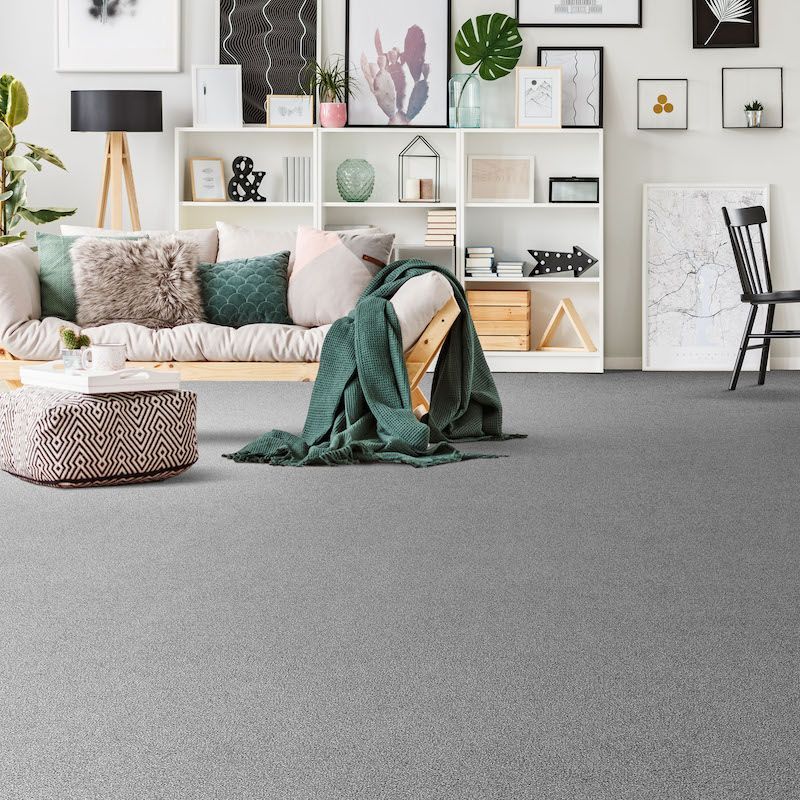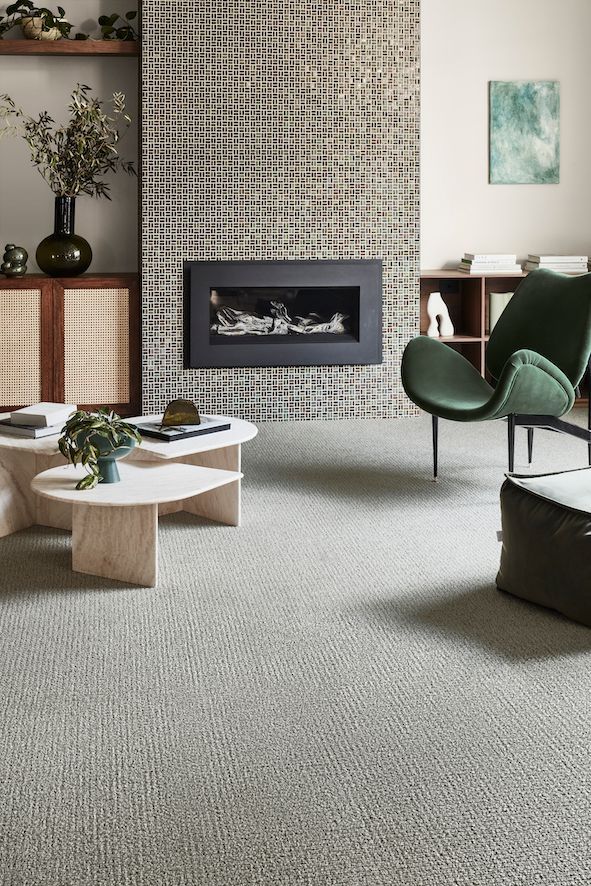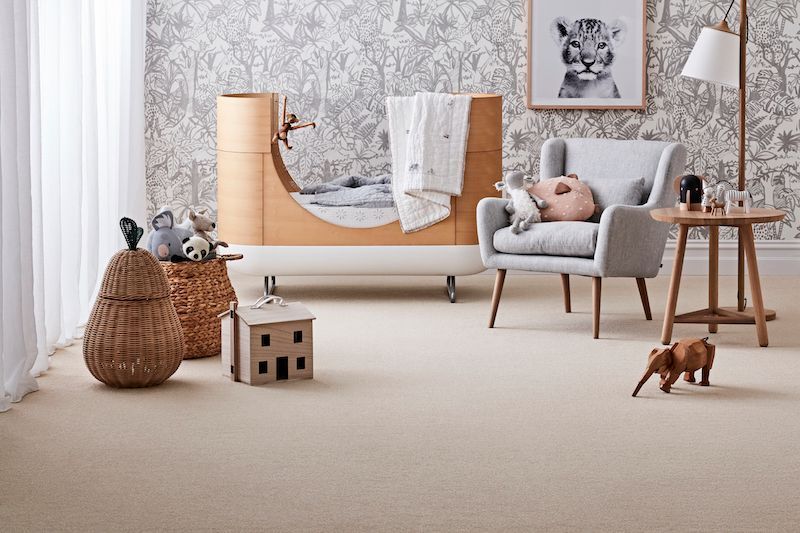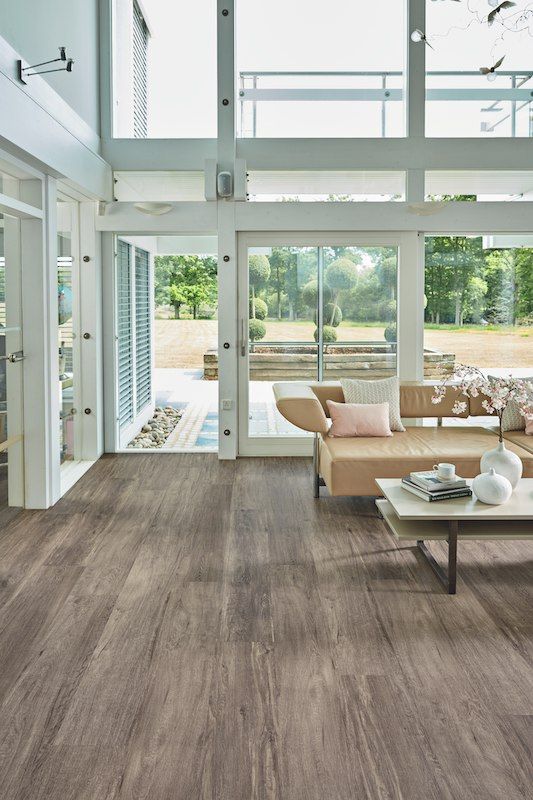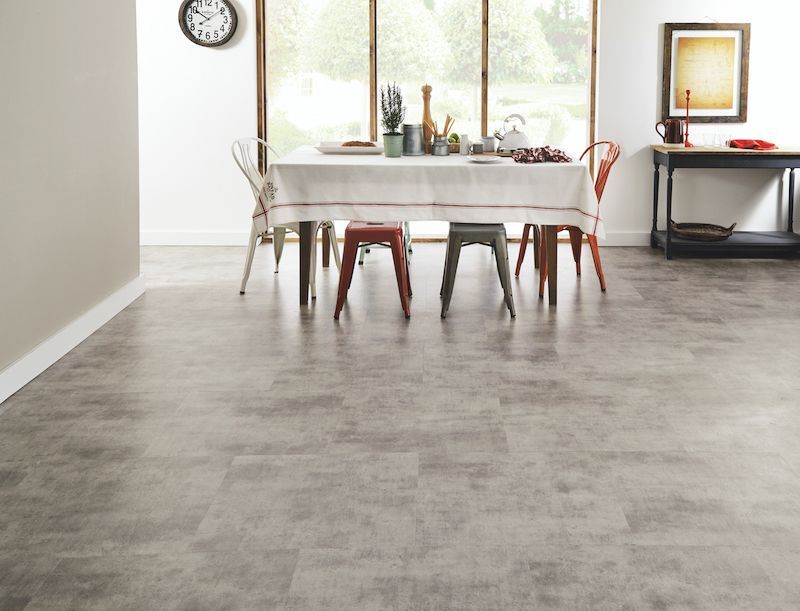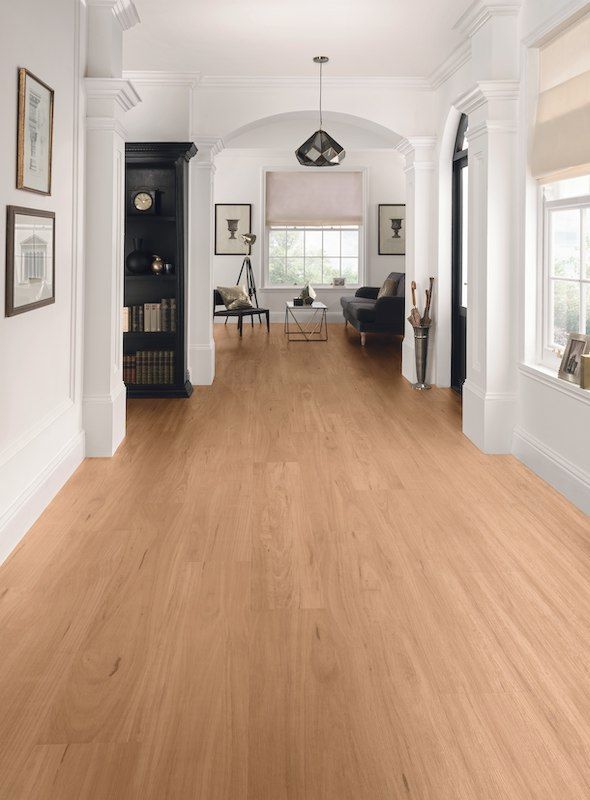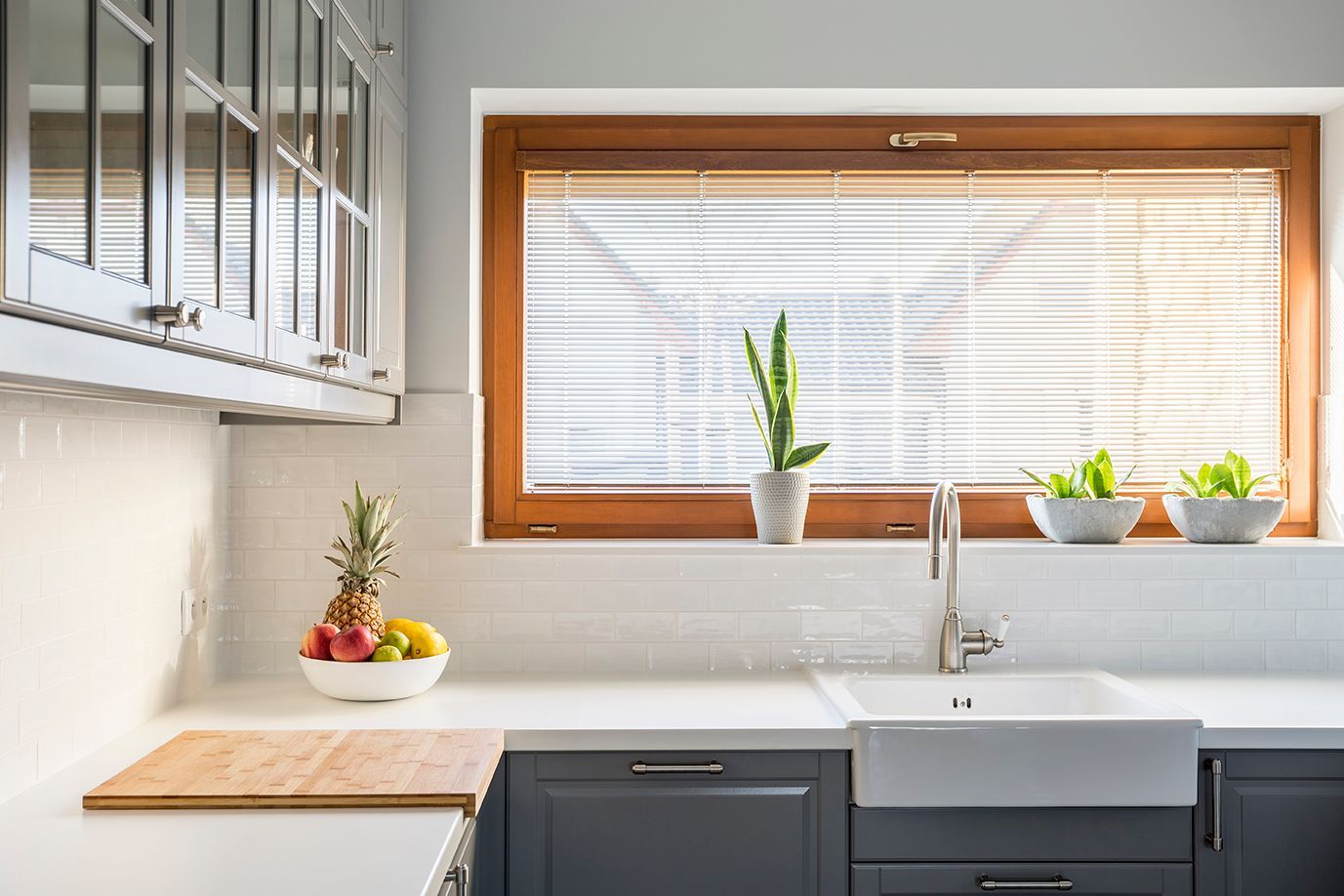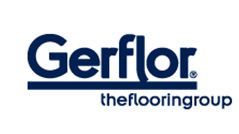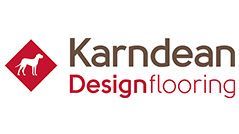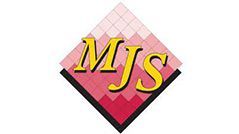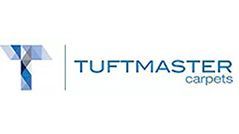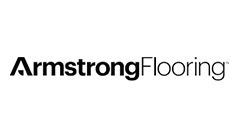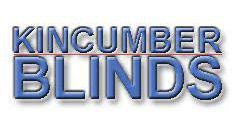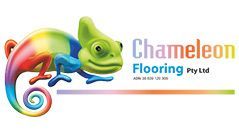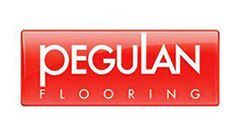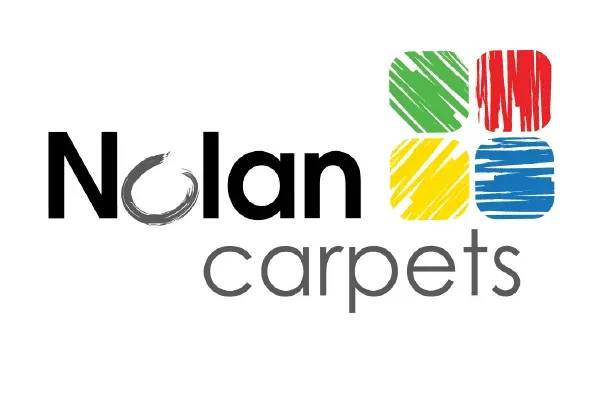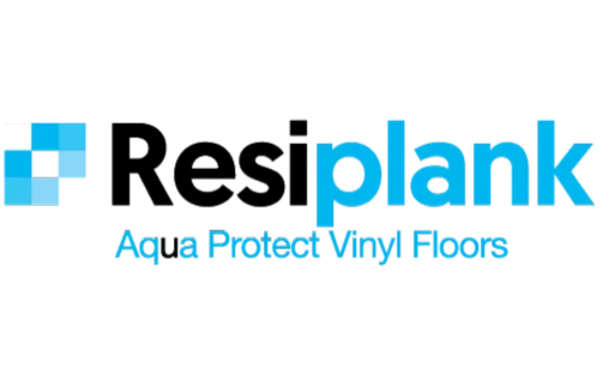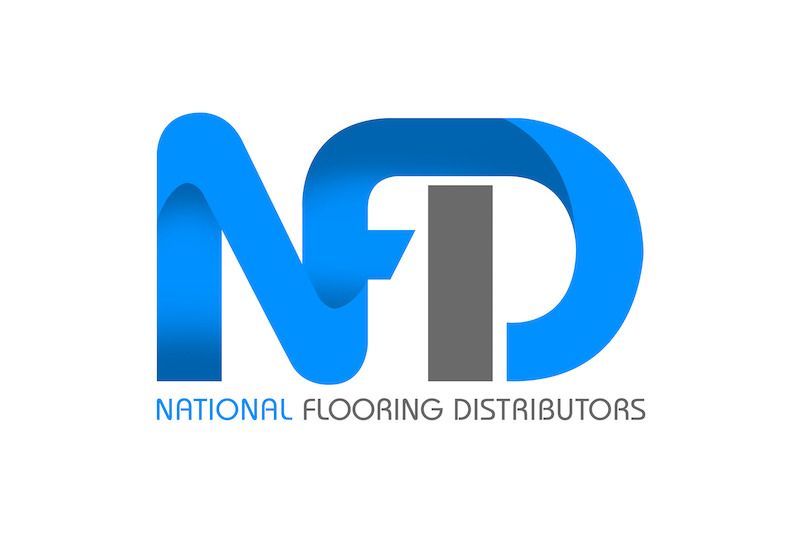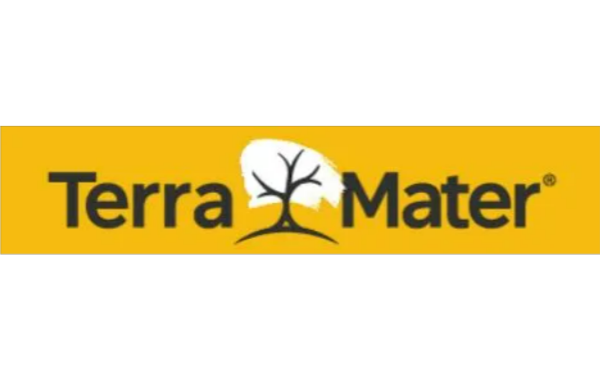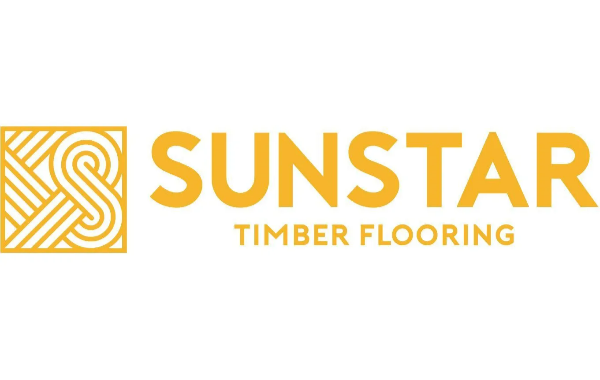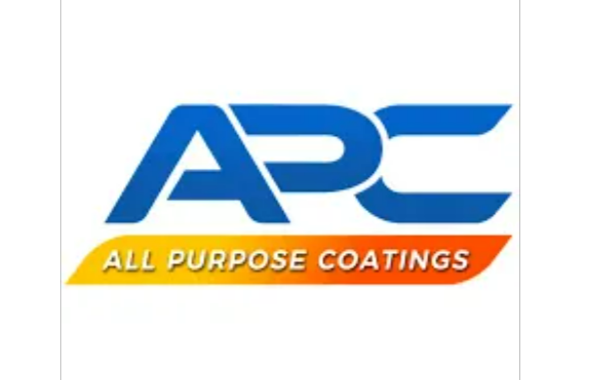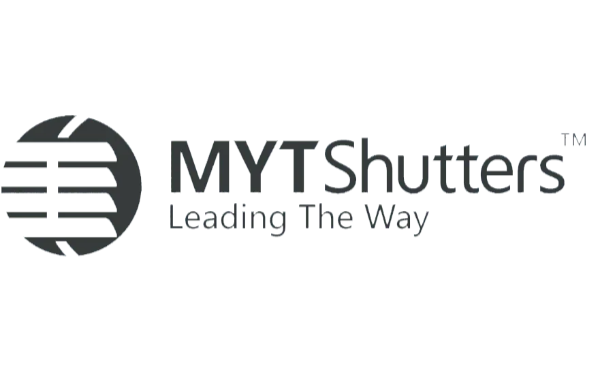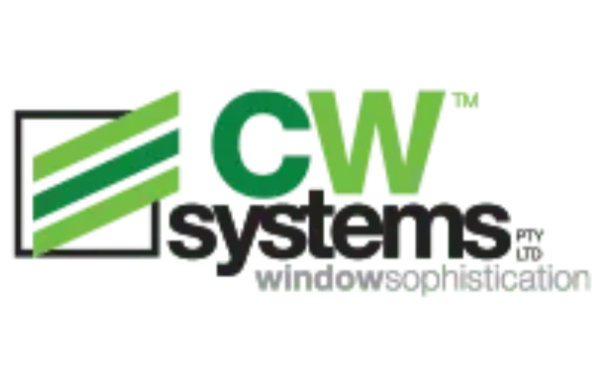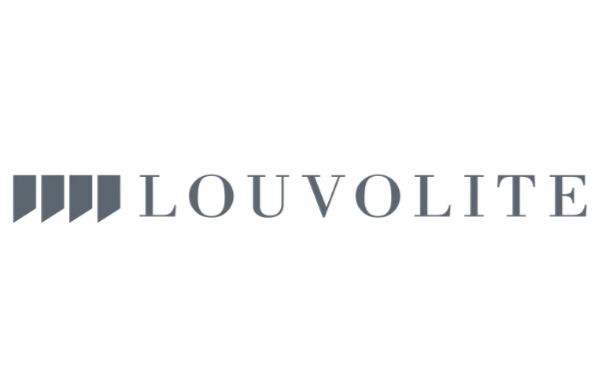Care & Maintenance Information
Vacuuming Carpet
After your carpet is laid, it is recommended that you give it a good all over vacuum to remove fluff and surface dust. Regular vacuuming is essential for health and wellbeing in your home environment.
Vacuuming weekly is good practice. Not only does it keep your carpets in good shape but it also prolongs the life of your new carpet and it’s a recommendation as part of carpet manufacturers' warranties. More frequent vacuuming in high traffic areas such as hallways is also recommended.
Vacuuming against the natural pile direction lifts the pile and will help to remove dirt and grit more effectively, plus reduce matting.
We do not recommend power head style vacuum cleaners on any loop style carpets. This style of carpet only needs suction, not beater bars or rotating brushes. Regularly changing filters in your vacuum cleaner and bag changes is essential.
Preventative Measures
- Mats at entrance doorways should be vacuumed regularly.
- Use plastic slip free mats under any office type chairs with castors.
- The use of furniture caps and coasters will help relieve pressure marks from heavy furniture.
Spot Cleaning Carpet
Carpet is not 100% stain proof, so attending to stains or spills immediately is important.
Any solid matter should be lifted from the pile with a spoon or blunt knife. Any liquid spills should be blotted up by applying pressure with a paper towel. As tempting as it is, never scrub your carpet where it is soiled, as this will only matt the carpet. Work from the outside of the stain into the centre to avoid the stain spreading.
After the spill has been mopped up, place additional paper towel over the area with a heavy weight on it to draw further moisture from the pile until it’s dry. Remember not to walk on the area until it’s completely dry. If the stain is still present, repeat the process again once it dries, as wicking may cause the stain to reappear.
If all of the above fails, the problem is best left with a carpet cleaning professional.
If mud is walked into your carpet, allow the mud to dry and then vacuum.
Steam Cleaning Carpet
As with most carpet manufacturer's warranties, all carpets should be steam cleaned by a professional carpet cleaner every 12-18 months to remove any sticky or oily residue. This will keep your carpet in tip top shape. Carpet shampooing and do it yourself steam cleaning is not recommended and may void the manufacturer’s warranty.
Hybrid, Laminate & Vinyl Planks
Tips for cleaning and caring for your new hybrid, laminate or vinyl floor. Whilst these are all different products, there are certain tips that apply to all.
The most important one to remember is NO steam mops ever.
After your new flooring is installed, thoroughly sweep or vacuum the floor. Only wash your floors with a PH neutral detergent. For less than a $20 investment, we sell a peerless brand which makes approximately 80 litres and will keep your floor looking great—guaranteed.
Please do not use the following on your new floors:
- Abrasive cleaners such as Gumption or Jiff
- Steel wool & scourers
- Oil or soap based detergents
- No waxing of new floors
No Shoe Policy
Embracing a no-shoe policy in your home is the best practice, regardless of the style of hard flooring you have. No shoes will minimise the tracking of grit and dirt from outside, which helps reduce scratching. Pointy heels such as stilettos will create a definite imprint in any hard flooring.
Attending to Spills
Wet floors are a slip hazard, regardless of what the spill is. Wipe up spills immediately with a dry cloth. If the substance is sticky, use a damp cloth to remove it straight away.
Prevention
Prevention is the best practice to preserve your new floor. Regularly vacuum with the bristles down, or use an electrostatic mop as often as necessary to remove loose dirt/grit and prevent scratching. If your pets reside in the house, try to keep their nails trimmed to lessen scratching.
Lift and move furniture, do not drag furniture across your new floor. The use of furniture caps or felt pads will help prevent indents from heavy furniture.
Hybrid, laminates and vinyls are mostly forgiving, however, it’s good to protect floors where possible with floor runners or mats in high traffic areas. Mats under castor wheel chairs such as office chairs is necessary as they can do a lot of damage. Door mats at all entrances and exits are highly recommended to eliminate abrasive particles.
Never use rubber back mats as plasticisation migration can occur. The backing will stick to your new floor and also stain your floor yellow.
Did we mention NO steam mops?
Timber Flooring
General Information
Engineered timber floors are a natural product, so it is normal to see colour, knots, grains and wood variations and features.
Your new engineered timber floors will add luxury warmth and style to your home. Following a few simple guidelines will help preserve your stunning new investment for long lasting and near new floors for years to come. Caring for your engineered timber floors is very easy.
Sweep (with a soft or microfibre broom) or vacuum (using the soft bristles) your new floors following installation to remove dust and grit.
Floors should only ever be cleaned with a damp mop. NEVER use a steam mop or wet mop, as excessive amounts of moisture may damage your floors. Spills should be wiped up immediately. Scuffs and stubborn stains may require light rubbing with a soft damp cloth.
Place mats both inside and outside of external doors to trap dirt, dust and moisture, and where possible, remove shoes when inside. Place good quality mats under furniture to prevent scratching or scuffing. All furniture should have felt pads adhered to the base of their legs. Place mats or runners in halls and high traffic areas.
Timber floors are hygroscopic
Timber floors are hygroscopic, meaning they mimic their environment. In humid conditions they absorb moisture and in dry conditions they expel moisture. It is recommended that flooring packs are opened and the boards are exposed to their new environment for a few days.
Do not use solvents including methylated spirits and turpentine to clean your floors as these will damage your floors. Always choose a PH neutral product. Each manufacturer has specific cleaning products they recommend to complement and nourish the individual coating of your chosen floor.
Restoration Information
We recommend engaging a professional, registered and licensed floor sander to undertake any type of restorative work to your floors.
Warranty Information
Each manufacturer offers their own specific warranties. Please follow your manufacturer’s care and maintenance guidelines, which will be available online or upon request to ensure your warranty.
Vertical, Roller, Roman & Panel Glide Blinds
Moisture is the main problem when it comes to blinds, as it can harbour mould, which is hard to remove and control.
When cleaning your blinds, wipe them over with a clean microfibre cloth in the first instance to remove dust. Stubborn marks can be wiped over with a damp, but very well rung out microfibre cloth. No harsh chemicals should be used, but ensure the blind has time to dry before closing. A regular light vacuum with a brush tip or dust weekly is the best practice.
Veri Shades
Regularly dust veri shades with a soft cloth. The fabric can be lightly hand washed and dried. Veri shades can be ironed with a COOL iron or steamed to remove any creases. Never use harsh cloths, chemicals, abrasives or any chlorine or ammonia-based chemicals. Using any of the above may affect the longevity and warranty.
Aluminium Venetian Blinds
Regularly dust your venetian blinds with a soft cloth or vacuum with your brush tip fitting. If your aluminium venetians are exposed to grease in your kitchen, they may need a bath—literally! Take the blinds down and give them a bath in warm soapy water and add a cup of baking soda for heavy grime.
Plantation Shutters
Use a soft cloth or feather duster to remove surface dust. If heavier soiling is present, you may need to use a soft cloth with water and mild detergent. Do not use harsh chemicals or bleach to extend the life and then brush each slat. Cleaning your shutters more regularly will help minimise dust and extend the life of the shutters.

